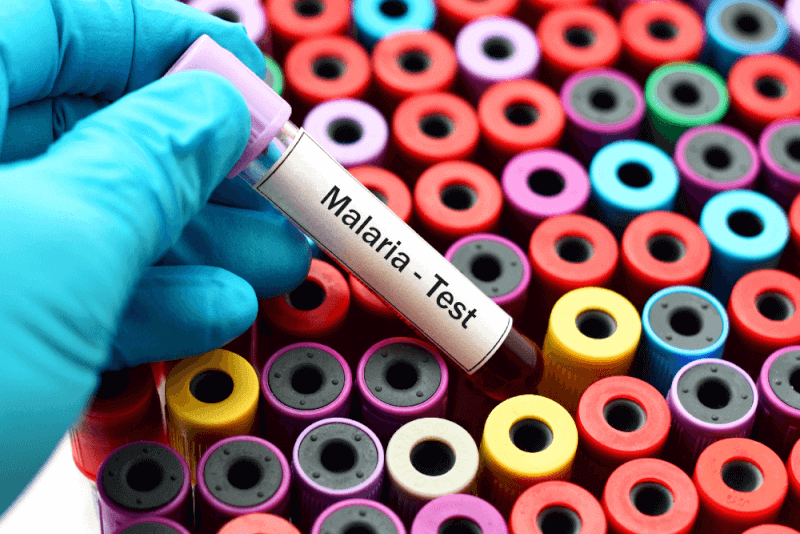30-Second Summary
- Brucellosis, a disease caused by Brucella bacteria, leads to vague symptoms such as fever, joint pain, and prolonged sweating.
- Also known as undulant fever, Malta fever, or Mediterranean fever, this disease is often transmitted through the consumption of unpasteurized milk, dairy products, and raw meat. In some cases, transmission occurs through contact with infected animals or through the air.
- Under normal conditions, this bacteria does not spread between humans. However, it has been found in a few cases to transmit through breast milk to infants. Thus, it is occasionally considered to be transmitted through sexual activity or contaminated blood.
- The symptoms of brucellosis can appear a few days or months after infection. The symptoms are similar to those of influenza.
What is Brucellosis (Brucella)?
Brucellosis is a disease caused by the Brucella bacteria, leading to symptoms like fever, joint pain, and prolonged sweating. A zoonotic disease, brucellosis is transmitted from animals to humans.
Often referred to as undulant fever, Malta fever, or Mediterranean fever, this disease is usually contracted from unpasteurized milk, dairy products, and raw meat. In some cases, transmission also occurs through contact with infected animals or through the air.
This disease affects hundreds of thousands of people and animals worldwide. Antibiotics are used in its treatment, and it may be necessary to apply them for several weeks to months. The infection can recur during this time.
Transmission Paths of Brucellosis (Brucella)
Brucellosis affects many wild and domestic animals, including:
- Cattle
- Bison
- Goats
- Reindeer
- Sheep
- Deer
- Pigs
- Dogs
- Camels
It also affects marine animals like harbor seals, dolphins, and some species of whales.
The most common ways for the bacteria to spread from animals to humans include:
- Consuming raw dairy products
- Inhaling contaminated air
- Coming into contact with the body fluids or blood of infected animals
Touching or grooming infected animals does not transmit the infection. However, those with weakened immune systems should avoid contact with infected animals.
Under normal conditions, this bacterium does not spread among humans. However, it has been found in a few cases to transmit through breast milk to infants. Therefore, it is occasionally considered to be transmitted through sexual activity or contaminated blood.
Symptoms of Brucellosis (Brucella)
Symptoms of brucellosis may appear a few days or months after infection. The observed symptoms resemble those of the flu, including:
- Fever
- Chills
- Loss of appetite
- Sweating
- Weakness
- Fatigue
- Joint, muscle, and back pain
- Headache
The symptoms caused by the disease can disappear for weeks or months and then return. Some people experience chronic brucellosis, making it possible for symptoms to reoccur even years after treatment. Long-term symptoms include:
- Fatigue
- Arthritis of the joints where the spine and pelvis meet
- Recurring fevers
- Arthritis of the spinal bones
- Inflammation of the inner lining of the heart chambers
Diagnostic Criteria for Brucellosis (Brucella)
In diagnosing brucellosis, symptoms are first reviewed, followed by testing blood, tissue, and other samples for the bacteria. Various tests may be conducted to rule out other diseases due to the similarity of symptoms.
The best way to diagnose Brucella bacteria is to culture it from body fluids or tissues. However, due to the slow growth of Brucella bacteria, obtaining test results can take weeks. Therefore, multiple blood tests may be required within a few weeks.
Treatment Methods for Brucellosis (Brucella)
Treatment for brucellosis typically involves combinations using at least two antibiotics. Antibiotic treatment should continue for 6-8 weeks. Depending on specific conditions observed in the patient, other treatments may need to be applied, including draining infected areas and managing complications.
How to Prevent Brucellosis (Brucella)?
To reduce the risk of brucellosis, the following precautions should be taken:
- Wearing protective clothing and practicing food processing methods when working with animals
- Avoiding consumption of unpasteurized milk and dairy products
- Wearing safety equipment when working with animals or animal tissues
- Cooking meat to safe temperatures
- Washing hands, utensils, and surfaces used in meat preparation
Who Does Brucellosis Affect?
Brucellosis is a disease seen around the world but poses a higher risk for certain groups, including:
- Veterinarians
- People working with animals
- People working on dairy farms
- Butchers
- Hunters
- Laboratory workers handling Brucella bacteria
- Consumers of raw meat or unpasteurized dairy products
What Does Brucella Do in the Body?
Brucella bacteria enter the body through the mouth, nose, eyes, or cuts on the skin and then slowly multiply. Preferred sites for multiplication include lymph nodes, and the infection can spread to nearly all parts of the body including the heart, liver, brain, and bones, causing swelling and damage.
Complications of Brucellosis
Failing to treat brucellosis for a long time increases the risk of complications, which include:
- Persistent arthritis
- Miscarriage
- Enlarged liver
- Enlarged spleen
- Swelling of the ducts carrying sperm and the testicles
- Chronic suppurative hepatosplenic brucellosis (an infection causing abscesses in the liver and spleen that can appear years after brucellosis)
- Endocarditis
- Encephalitis
- Meningitis
- Spondylitis
- Osteomyelitis
- Sacroiliitis







